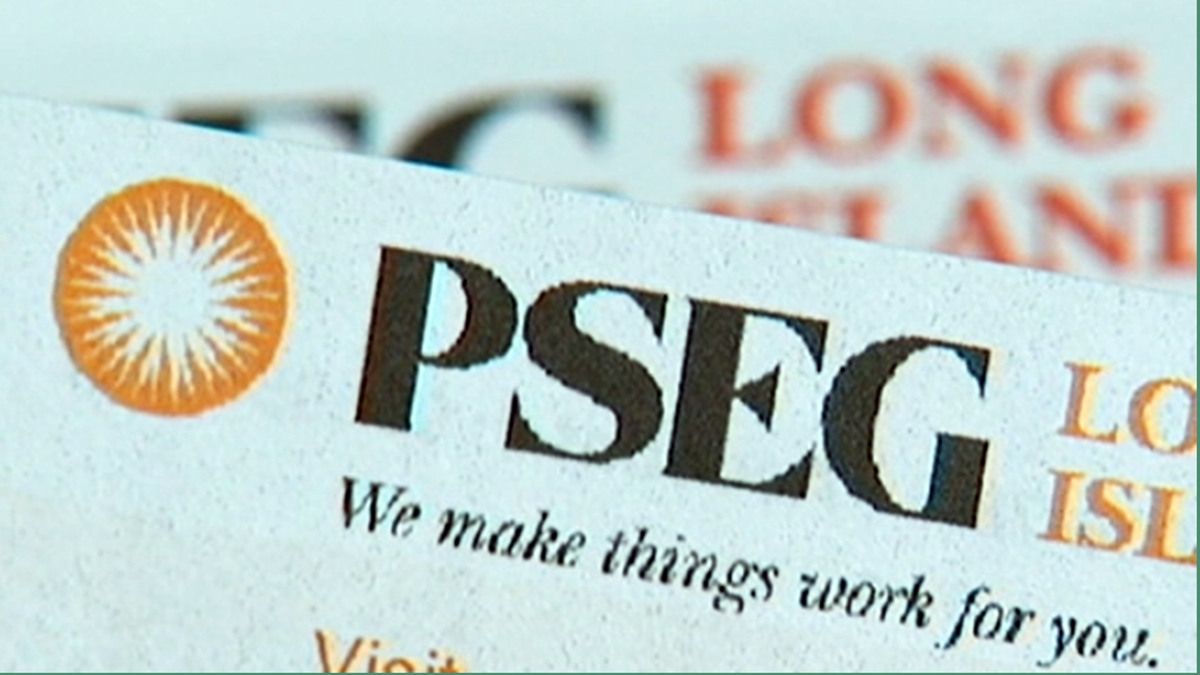Chris Panza thought his Bellmore home escaped the worst damage after Sandy, but the recent discovery of rat nests, droppings, holes and even rat prints in his home has made him think twice. Greg Cergol has more on the rat attack, and the financial damage it has left.
A Long Island family relieved that its home was only minimally damaged by Sandy is now dealing with an unimaginable consequence of the storm -- a sudden invasion of rats that have torn large holes in the walls, chewed furniture and left droppings and paw prints in their path.
The Panzas' Bellmore house had minor flooding damage after the October storm, but last month, the family started seeing evidence of the large toothy rodents.
And then a contractor discovered what he said was a rat nest in the home's attic.
"It's nice and warm. This is the perfect habitat for them," said contractor Anthony Pomponio, as he shined a light on one rat hole in the attic.
The family's exterminator estimated that some of the rodents that have settled into the house are as long as 1 foot and as heavy as a pound, homeowner Chris Panza said.
NBC 4 New York spotted rat prints in powder sprinkled near the family's garage door, along with candy wrappers that Panza said were carried in by the rodents.
The rats have been so invasive that Panza's wife and children have moved out.
"Your kids are playing on the floor, playing video games, and to think there are rats within 2 feet of them -- I want them out of here," said Chris Panza.
Panza only started noticing the rat trails last month, when he discovered that one of his couches was being eaten away.
Local
Contractor Dave Hall, who also inspected the home, believes it's a result of Sandy, saying that when the floodwater reached the steps of the Panza home, it drove the rats inside from neighboring sewer pipes.
"Once they got in here, they realized it's nice and warm and there's food, and they decided to stay," said Hall.
Panza said his exterminator, Orkin, estimated there were up to 14 rats in the home. So far, the rats have eluded capture, even stealing salami and other treats left on traps in nearly every corner of the house.
"They are crafty creatures," said Chris Panza.
The experts have told them that in order to get rid of the rats, workers must tear down nearly every wall in the home, at a cost of up to $50,000.
Panza is hoping his federal flood insurance will pay for the work but a spokesperson for the Insurance Information Institute said that's far from a certainty.
"My big fear is, we'll do all this work and we won't get them all," Panza said.



